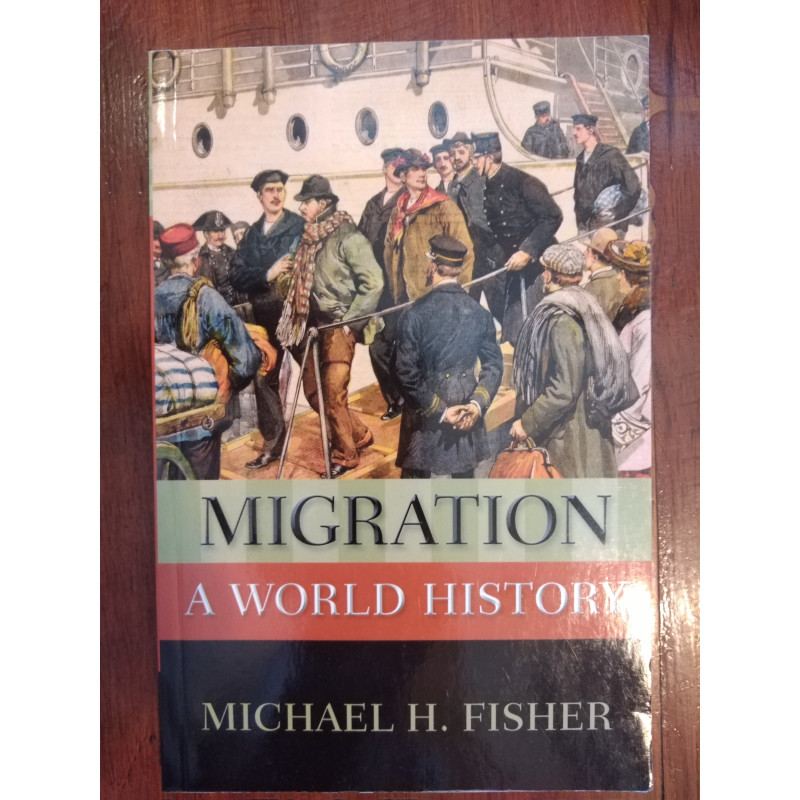






Oxford University Press, 2015. 149 pp.
[como novo]
Migration began with our origin as the human species and continues today. Each chapter of world history features distinct types of migration. The earliest migrations spread humans across the globe. Over the centuries, as our cultures, societies, and technologies evolved in different material environments, migrants conflicted, merged, and cohabited with each other, creating, entering, and leaving various city-states, kingdoms, empires, and nations. During the early modern period, migrations reconnected the continents, including through colonization and forced migrations of subject peoples, while political concepts like "citizen" and "alien" developed. In recent history, migrations changed their character as nation-states and transnational unions sought in new ways to control the peoples who migrated across their borders. This volume will explore the process of migration chronologically and also at several levels, from the illuminating example of the migration of a individual community, to larger patterns of the collective movements of major ethnic groups, to the more abstract study of the processes of emigration, migration, and immigration. This book will concentrate on substantial migrations covering long distances and involving large numbers of people. It will intentionally balance evidence from the now diverse people's of the world, for example, by highlighting an exemplary migration for each of the six chapters that highlights different trajectories and by keeping issues of gender and socio-economic class salient wherever appropriate. Further, as a major theme, the volume will consider how technology, the environment, and various polities have historically shaped human migration. Exciting new scholarship in the several fields inherent in this topic make it a particularly valuable and timely project. Each chapter will contain short individual examples, maps, illustrations, and brief quotations from diverse types of primary documents, all integrated with each other and analyzed engagingly in the text.